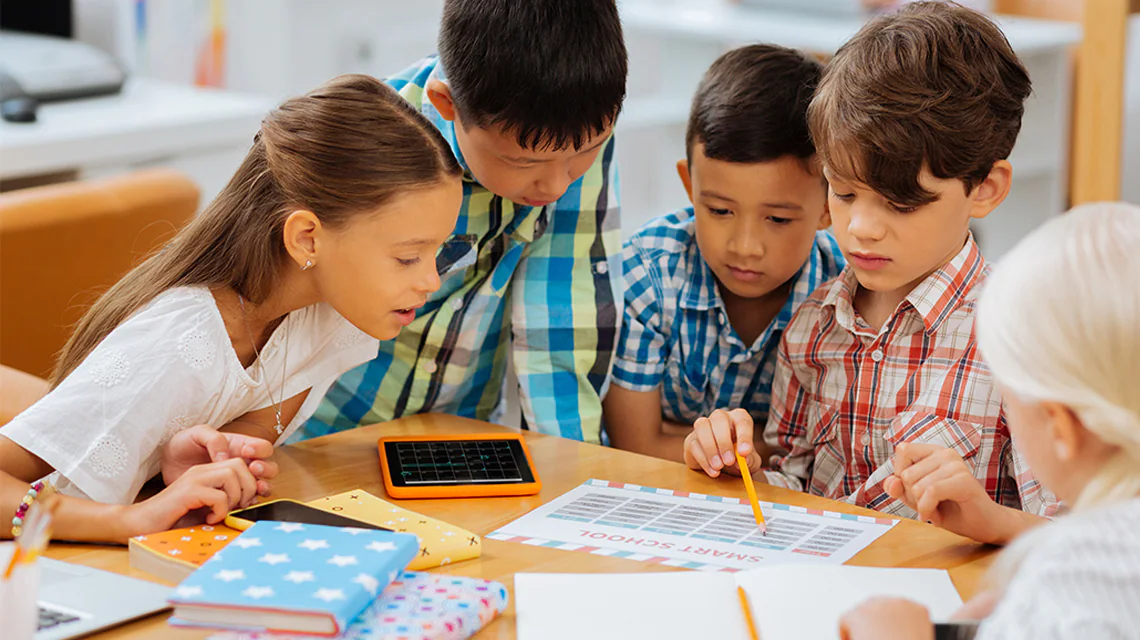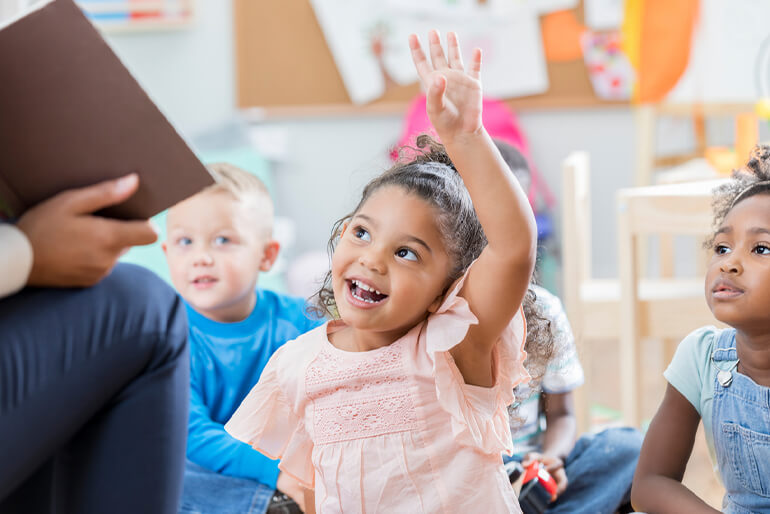Why Are Educational Needs Different for Multiple Children?
Understanding the unique learning styles, cognitive abilities, personality traits, and developmental stages of each child plays a significant role in tailoring educational needs. Varied interests, sibling comparisons, and expectations further contribute to the need for individualized support. By recognizing these differences, you can effectively cater to each child’s strengths and challenges, fostering a positive learning environment. Customizing teaching methods, materials, and assessments, as well as involving parental collaboration, enhances academic success. This personalized approach leads to improved outcomes, increased satisfaction, and a supportive atmosphere for each child to reach their full potential.
Key Takeaways
- Diverse learning styles impact educational growth and require tailored approaches.
- Unique cognitive differences influence how information is processed and understood.
- Varied interests and developmental stages necessitate personalized educational strategies.
- Sibling comparisons and differing expectations can influence academic outcomes.
- Customized support for individual strengths and challenges optimizes learning potential.
Learning Styles and Preferences

Understanding the diverse learning styles and preferences of your children is essential in tailoring their educational experiences to maximize their academic growth and development. Each child possesses unique cognitive differences that influence how they process information and learn. By recognizing these differences, parents can effectively implement various instructional strategies to cater to each child’s specific needs, ultimately leading to improved academic success.
Research indicates that accommodating individual learning preferences is vital in enhancing educational outcomes. Some children may thrive in a visual learning environment, while others may excel through hands-on experiences or auditory instruction. Adapting teaching methods to align with these preferences can greatly impact a child’s ability to comprehend and retain information.
Moreover, considering the relationship between learning preferences and academic success is imperative. When children are taught using methods that resonate with their individual preferences, they’re more likely to engage actively in the learning process, leading to heightened motivation and achievement. By embracing these differences and tailoring educational approaches accordingly, parents can create a conducive learning environment that nurtures each child’s potential.
Personality Traits Impact Learning

Recognizing how personality traits impact learning styles is vital to customizing educational approaches for each child, enhancing their academic progress and overall development. Parental involvement plays an essential role in understanding and adapting to the unique personality traits of each child. By actively engaging with your child and observing how they respond to different learning environments, parents can better tailor their educational support to match their child’s individual characteristics.
Moreover, cognitive abilities also play a significant role in how personality traits influence learning. Children with different cognitive strengths and weaknesses may benefit from varied teaching methods that align with their learning styles.
For example, a child with strong analytical skills might excel in structured, logical learning environments, while a child with more creative tendencies may thrive in settings that encourage exploration and experimentation.
Varied Interests Influence Education
Considering the varied interests of each child is essential when designing an educational approach that maximizes their learning potential. Parental involvement plays an important role in understanding and nurturing these interests. By actively engaging with your children, you can gain insights into what subjects or activities excite them, allowing you to tailor their educational experiences accordingly. Research indicates that when parents support their children’s interests, it leads to greater motivation, engagement, and ultimately, academic success.
Extracurricular activities can also have a significant impact on a child’s educational journey. Encouraging participation in activities that align with their interests not only enhances their skill development but also fosters a sense of passion and purpose. Whether it’s sports, arts, music, or STEM-related activities, extracurriculars provide valuable opportunities for children to explore their interests outside the traditional classroom setting.
Developmental Stages and Readiness

An essential aspect in designing an effective educational approach for multiple children is evaluating their developmental stages and readiness levels. Understanding their cognitive abilities and academic readiness is vital. Children at different developmental stages may vary greatly in their capacity to grasp new concepts, solve problems, and engage with academic material.
Tailoring educational activities to match each child’s cognitive level guarantees that they’re appropriately challenged without feeling overwhelmed or disengaged.
Additionally, considering social skills and emotional maturity is equally essential. Children develop social skills at different rates, impacting their ability to collaborate, communicate, and interact with peers and teachers. Emotional maturity influences how children handle stress, regulate their emotions, and navigate interpersonal relationships.
Recognizing these differences allows educators to provide appropriate support and guidance to help children develop these essential skills.
Sibling Comparisons and Expectations
Understanding the impact of sibling comparisons and expectations on educational outcomes is essential when developing strategies for multiple children. Parent expectations and academic pressure play significant roles in shaping these dynamics.
Parents often unintentionally compare their children’s academic achievements, behavior, or interests, leading to feelings of inadequacy or resentment among siblings. These comparisons can create a competitive environment that may negatively affect each child’s self-esteem and motivation to learn.
Moreover, parent expectations regarding academic performance can vary among siblings, leading to unequal treatment or pressure to excel. Children may feel burdened by the need to meet or surpass the achievements of their siblings, causing stress and anxiety that hinder their learning experience. This academic pressure can result in decreased interest in school, lower self-confidence, and even academic burnout.
To address these challenges, parents must be mindful of their expectations and comparisons between siblings. Encouraging each child based on their individual strengths and providing support tailored to their needs can help foster a positive learning environment and promote academic success for all children.
Tailoring Support for Each Child

To effectively cater to the educational needs of multiple children, it’s essential to tailor support for each child individually.
This can be achieved through the creation of personalized learning plans that address their specific strengths and challenges.
Individualized Learning Plans
Tailoring support for each child through individualized learning plans is essential in meeting the diverse educational needs of multiple children. By implementing customized curriculums and establishing personalized goals, educators can address the specific strengths and challenges of each student. Individualized assessments play a pivotal role in this process, allowing teachers to identify areas where students excel and areas where they may require additional support. These assessments serve as the foundation for targeted interventions that cater to the unique learning styles and preferences of each child.
Individualized learning plans not only enhance academic performance but also foster a sense of empowerment and motivation in students. When children see that their education is tailored to suit their individual needs, they’re more likely to engage actively in the learning process and take ownership of their academic journey. Additionally, personalized goals provide clear milestones for students to work towards, promoting a sense of accomplishment and progress.
Varied Teaching Approaches
Utilizing diverse teaching approaches is vital in offering customized support for each child’s individual educational needs. Customized strategies and diverse methods play an important role in tailoring educational experiences to cater to the unique learning styles and preferences of each child. By incorporating a variety of teaching approaches, educators can effectively address the diverse needs of multiple children within a learning environment.
Customized strategies involve adapting teaching methods, materials, and assessments to align with each child’s strengths and areas for growth. This individualized approach helps foster engagement, motivation, and academic success. Diverse methods encompass a range of instructional techniques such as visual aids, hands-on activities, collaborative projects, and technology integration. These varied approaches not only accommodate different learning preferences but also promote a deeper understanding of the subject matter.
Research has shown that personalized instruction leads to improved learning outcomes and increased student satisfaction. By embracing customized strategies and diverse methods, educators can create inclusive learning environments where each child feels supported and empowered to reach their full potential.
Unique Strengths and Challenges
Adapting educational approaches to address the unique strengths and challenges of each child is key in providing tailored support for their individual learning needs. When considering the educational needs of multiple children, it’s important to recognize that each child possesses distinct abilities and faces specific obstacles in their academic journey.
Parental involvement plays a significant role in understanding these unique characteristics and working collaboratively with educators to develop effective strategies for each child.
One essential aspect of tailoring support for each child is the implementation of academic accommodations. These accommodations can vary widely based on the individual needs of the child, ranging from modified assignments and extended time on tests to specialized instruction and assistive technology.
Frequently Asked Questions
How Can Parents Balance Individualized Attention for Each Child?
To balance individualized attention for each child, you must prioritize time management. Implement personalized learning strategies tailored to their needs. Stay actively involved as a parent, fostering open communication and understanding their unique educational requirements.
What Strategies Can Help Prevent Sibling Rivalry in Education?
To prevent sibling rivalry in education, focus on building cooperation and fostering teamwork. Encourage collaboration on projects, celebrate each other’s successes, and set clear expectations for sharing resources. This approach can cultivate a positive learning environment for all.
Is It Possible to Address Each Child’s Unique Needs Equally?
You can address each child’s unique needs equally through personalized learning tailored to their strengths and teaching styles. Engaging with individualized strategies helps create an inclusive educational environment that fosters growth and academic success.
How Do Parents Determine When to Seek Outside Educational Help?
When deciding to seek outside educational help, consider early intervention for learning assessments. Open parental communication and support systems play a vital role. Monitor progress and consult professionals if concerns persist, ensuring a holistic approach to your child’s education.
What Role Do Cultural Differences Play in Educating Multiple Children?
When educating multiple children, cultural differences can have a substantial impact on learning styles. Understanding and embracing these differences can enhance educational outcomes for each child. Tailoring approaches to suit diverse cultural backgrounds fosters inclusive and effective learning environments.
Conclusion
To sum up, the educational needs of multiple children differ due to a combination of factors such as learning styles, personality traits, interests, developmental stages, and sibling comparisons.
By recognizing and accommodating these individual differences, parents and educators can provide tailored support to help each child reach their full potential.
It’s important to understand and address the unique needs of each child in order to promote a successful and fulfilling educational experience.

Hey there! 👋 I’m a proud mom and passionate writer, sharing my parenting journey. 📝 Join me as I navigate the ups and downs of motherhood, offering tips, advice, and a sprinkle of humor along the way. 🌟







